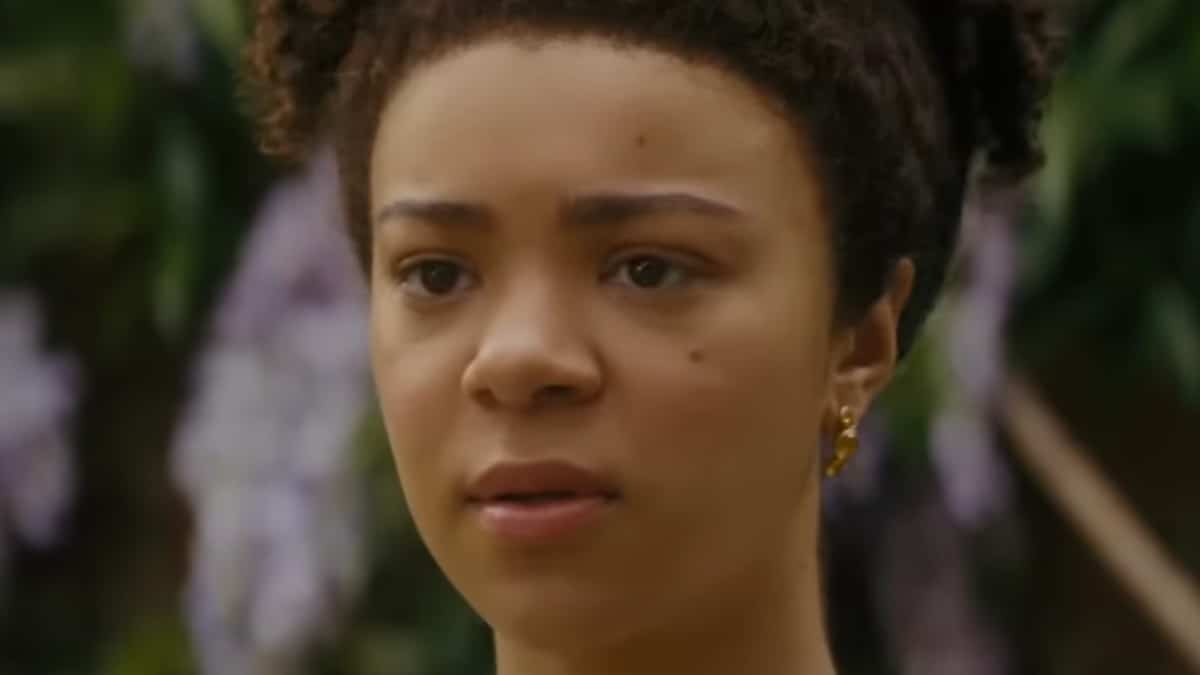
Warning: This article contains spoilers for Queen Charlotte: A Bridgerton Story.
Shondaland and Netflix’s Bridgerton series (based on the romance novels by Julia Quinn) take some plays from real history, but there are some major differences.
For example, the cast and characters are very diverse. It is not a Regency-era drama strictly about white nobility.
This is one key difference between the television drama and the book series as well as real life.
The diversity is a breath of fresh air for period-piece enjoyers who are tired of seeing white-washed romances with little to no people of color, especially when the people of color pictured aren’t the main characters and are instead portrayed as servants.
From the very beginning of Bridgerton Season 1, we saw that this was not going to be the case for this series as Queen Charlotte is a Black woman, and Simon, the handsome Duke of Hastings, is a Black person of nobility as well.
This diversity is explained in the Queen Charlotte prequel spin-off through a process called the great experiment, which brought diversity to the fictional Ton.
What is the Great Experiment?
Arsema Thomas, who played the young Agatha Danbury in the spin-off series, told Netflix that the House of Lords came up with a plan to integrate the Ton and give titles to non-white members of their society in an attempt to save face.
As seen at the beginning of the prequel, the aristocracy was white until Charlotte showed up, her “very brown” skin shocking King George’s mother as Charlotte is a princess from Germany.
Coming up with the idea of the Great Experiment and creating an integrated nobility made it so that Charlotte being chosen as Queen “was intentional and not a mistake.”
Plus, casting Queen Charlotte as a Black woman pays tribute to some theories about the real Queen Charlotte, though the Great Experiment remains fictional.
Was Queen Charlotte Britain’s first Black queen?
“Many historians believe that Queen Charlotte was of mixed cultural heritage. We wanted to take that in a different direction than what the history books have said happened — which was basically to bury that and not deal with it,” Queen Charlotte director Tom Verica revealed.
As previously reported by The Guardian, Queen Charlotte’s race in real life is a big “what if” as she has been portrayed both as white, Black, or perhaps biracial.
Historian Mario de Valdes v Cocom believes that Charlotte is of African descent based on her features shown in royal paintings. He also claims that the German queen was a direct descendant of a Black branch of the Portuguese royal family.
While it is possible that Charlotte had African ancestors, many historians find this theory skeptical as there is apparently little evidence to support her Black ancestry and that, even if Charlotte did have African ancestry, the generations between the two would essentially nullify any Blackness to her.
Although we can’t be sure of Queen Charlotte’s exact race or lineage, we think Netflix and Shondaland did a great job casting her both in Queen Charlotte and in the flagship series.
Queen Charlotte: A Bridgerton Story is now streaming on Netflix.